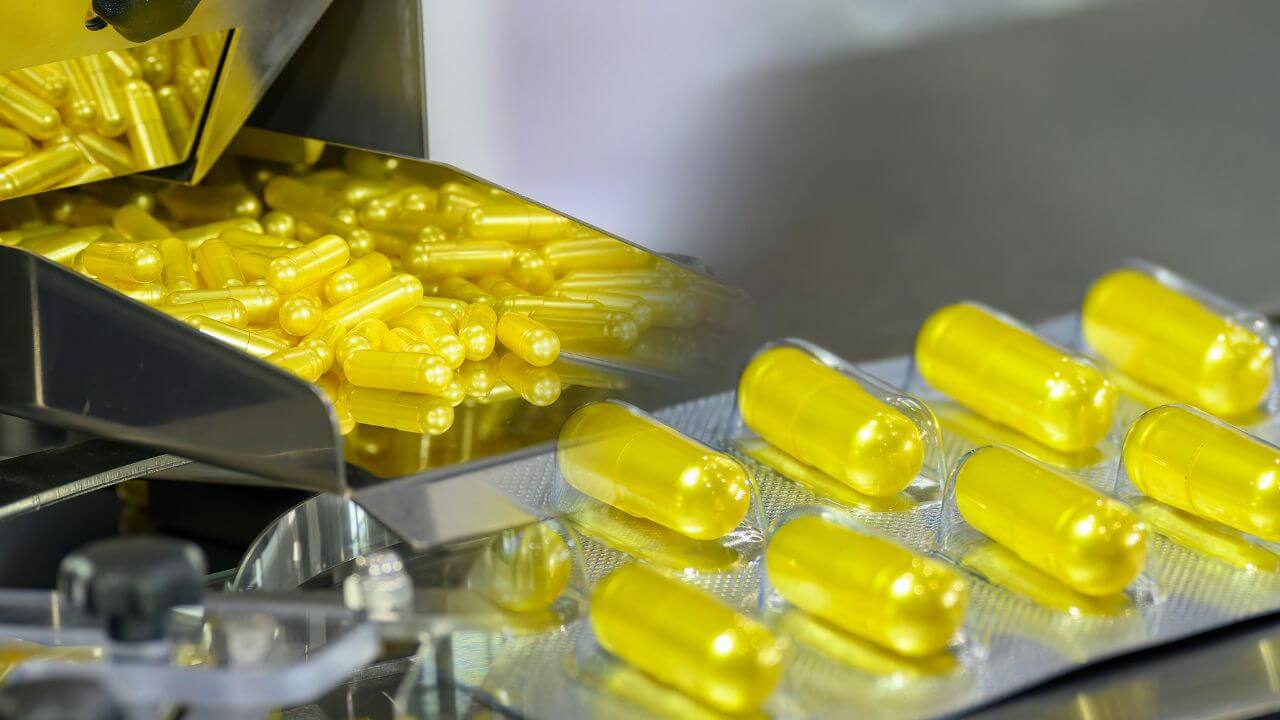Impurity detection is a crucial aspect of medicine manufacturing, ensuring the safety, efficacy, and quality of pharmaceutical products. Pharmaceutical manufacturers employ various analytical methods to identify and quantify impurities that may arise during the production process. This article explores the importance of impurity detection in medicine manufacturing and highlights key methods utilized for impurity analysis.
Importance of Impurity Detection
In medicine manufacturing, impurities can originate from raw materials, intermediates, or the manufacturing process itself. These impurities can adversely affect product stability, bioavailability, and patient safety if not adequately controlled. Regulatory agencies such as the FDA (Food and Drug Administration) and EMA (European Medicines Agency) mandate strict limits on impurities in pharmaceutical products to ensure compliance with quality standards and regulatory requirements.
Common Impurities in Medicine Manufacturing
- Organic Impurities: Organic impurities include residual solvents, degradation products, and reaction intermediates formed during synthesis or manufacturing processes. These impurities can affect drug potency and pose potential health risks to consumers.
- Inorganic Impurities: Inorganic impurities such as heavy metals (e.g., lead, mercury) and metal catalyst residues may contaminate pharmaceutical products. These impurities are closely monitored due to their toxicological implications and regulatory limits.
- Microbial Contamination: Microbial impurities include bacteria, fungi, and mold that can compromise product sterility and pose serious health risks to patients. Pharmaceutical manufacturers implement stringent microbial control measures to prevent contamination and ensure product safety.
Methods of Impurity Detection
- Chromatographic Techniques:
- High-Performance Liquid Chromatography (HPLC): HPLC is widely used for separating, identifying, and quantifying impurities in pharmaceutical samples. It offers high sensitivity and selectivity, making it suitable for detecting trace levels of impurities.
- Gas Chromatography (GC): GC separates volatile and semi-volatile impurities based on their chemical properties. It is commonly used for analyzing residual solvents and volatile organic compounds in pharmaceutical formulations.
- Spectroscopic Techniques:
- Mass Spectrometry (MS): MS coupled with chromatographic techniques (LC-MS or GC-MS) enables identification and quantification of impurities based on their molecular weight and fragmentation patterns. MS is highly sensitive and specific, facilitating comprehensive impurity profiling.
- Infrared Spectroscopy (IR): IR spectroscopy analyzes molecular vibrations to identify functional groups and chemical structures of impurities. It provides rapid qualitative analysis and is valuable for routine impurity screening.
- Nuclear Magnetic Resonance (NMR):
- NMR spectroscopy elucidates molecular structures and identifies impurities based on their unique chemical shifts and coupling patterns. NMR is instrumental in structural characterization of impurities and verifying chemical purity in pharmaceutical products.
- Capillary Electrophoresis (CE):
- CE separates charged impurities based on their electrophoretic mobility in a capillary tube. It offers high resolution and sensitivity for analyzing ionic and polar impurities in pharmaceutical formulations.
Quality Control and Compliance
Impurity detection methods in medicine manufacturing are integral to quality control programs aimed at ensuring product safety, efficacy, and compliance with regulatory standards. Manufacturers conduct comprehensive impurity profiling throughout the manufacturing process, from raw material evaluation to finished product testing. Validation and qualification of analytical methods verify their accuracy, precision, and reliability for impurity detection.
Emerging Technologies and Future Trends
Advancements in analytical instrumentation, automation, and data analysis are transforming impurity detection in medicine manufacturing. Real-time monitoring systems, artificial intelligence (AI), and machine learning algorithms enhance the speed and efficiency of impurity analysis, enabling proactive quality control and process optimization. Continuous improvement in analytical techniques and regulatory frameworks will shape the future of impurity detection, ensuring pharmaceutical products meet evolving global quality standards and consumer expectations.
Conclusion
Impurity detection methods are essential in medicine manufacturing for safeguarding product quality, regulatory compliance, and patient safety. By employing advanced analytical techniques and adhering to stringent quality assurance protocols, pharmaceutical manufacturers can mitigate risks associated with impurities and uphold their commitment to delivering safe and effective medicines to global markets.


